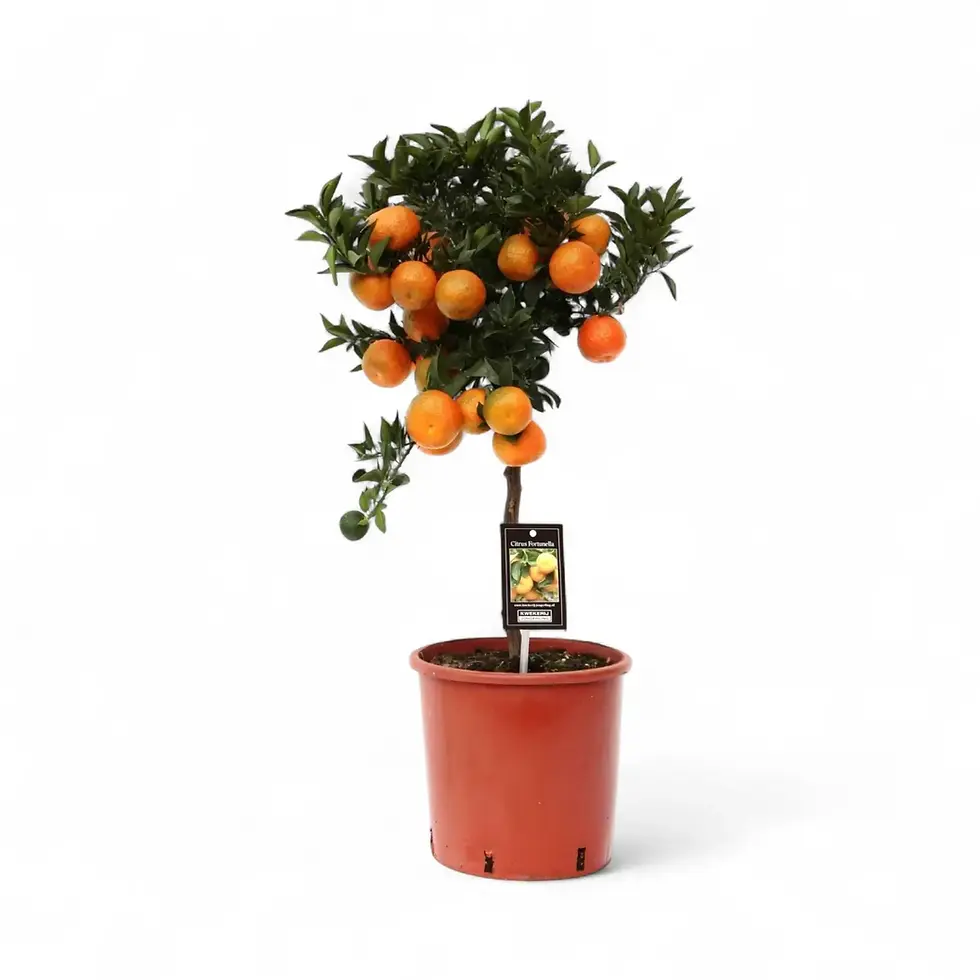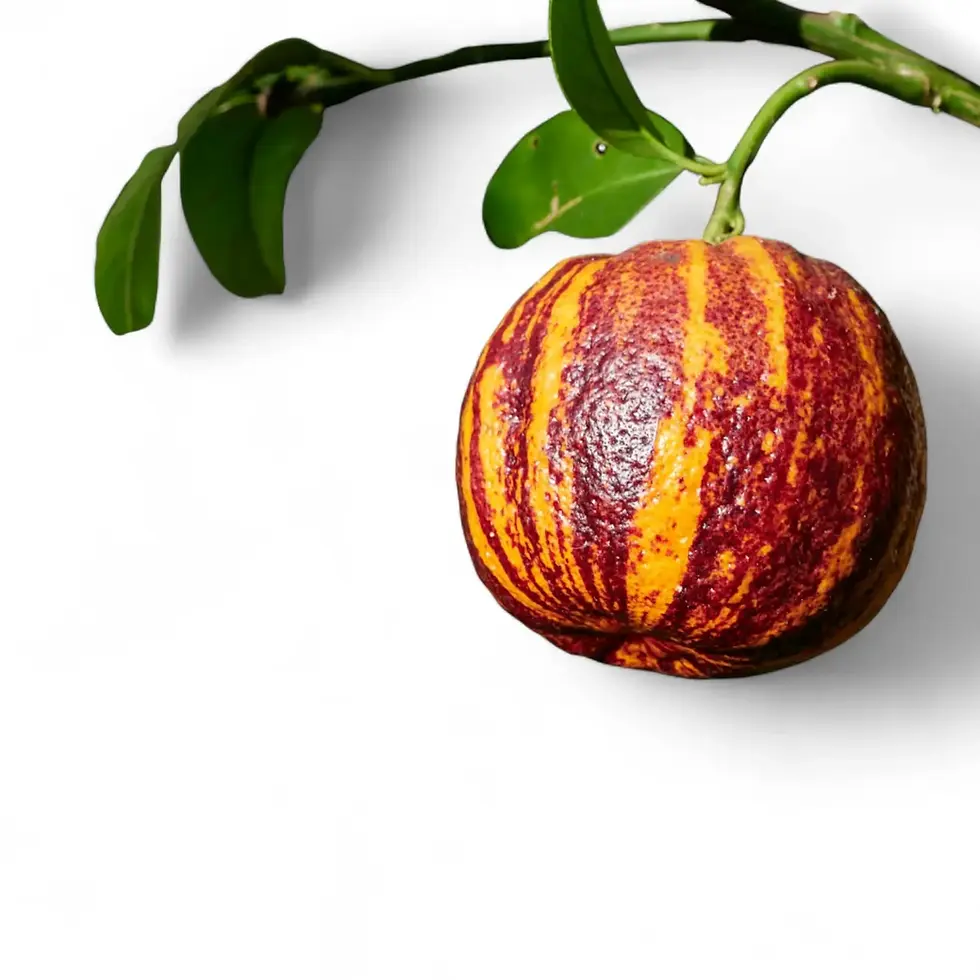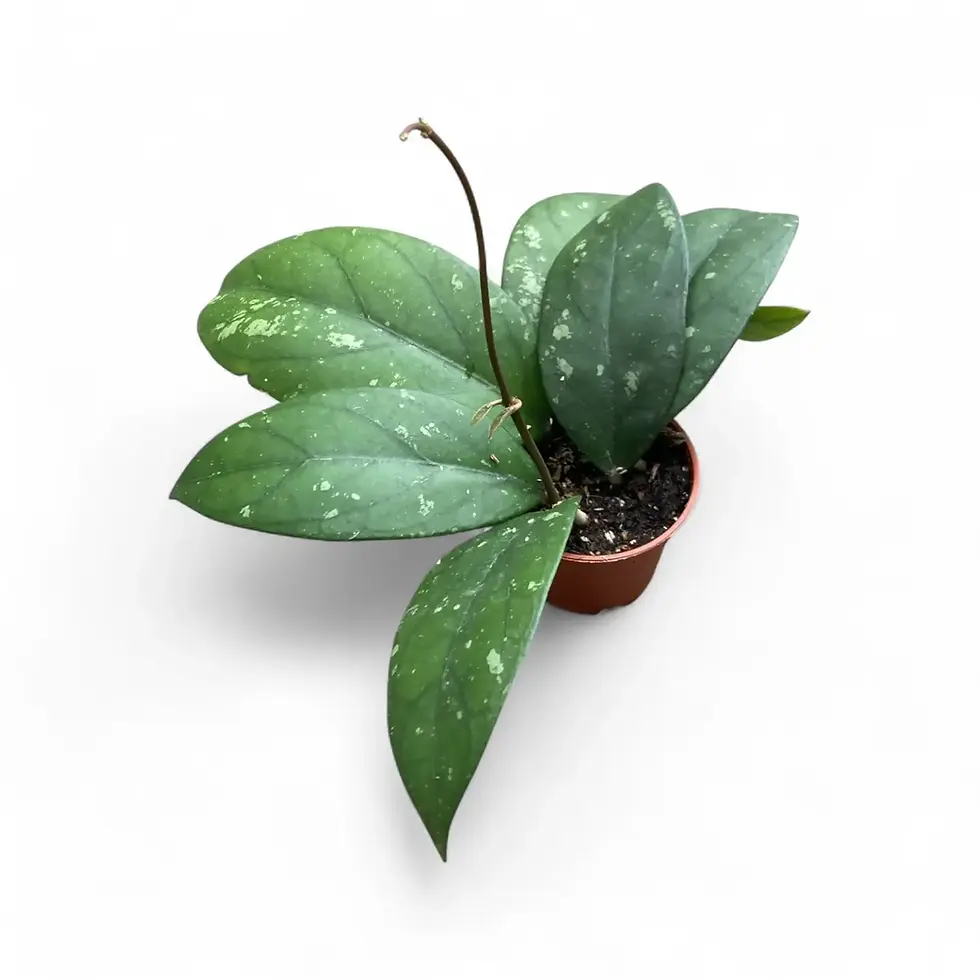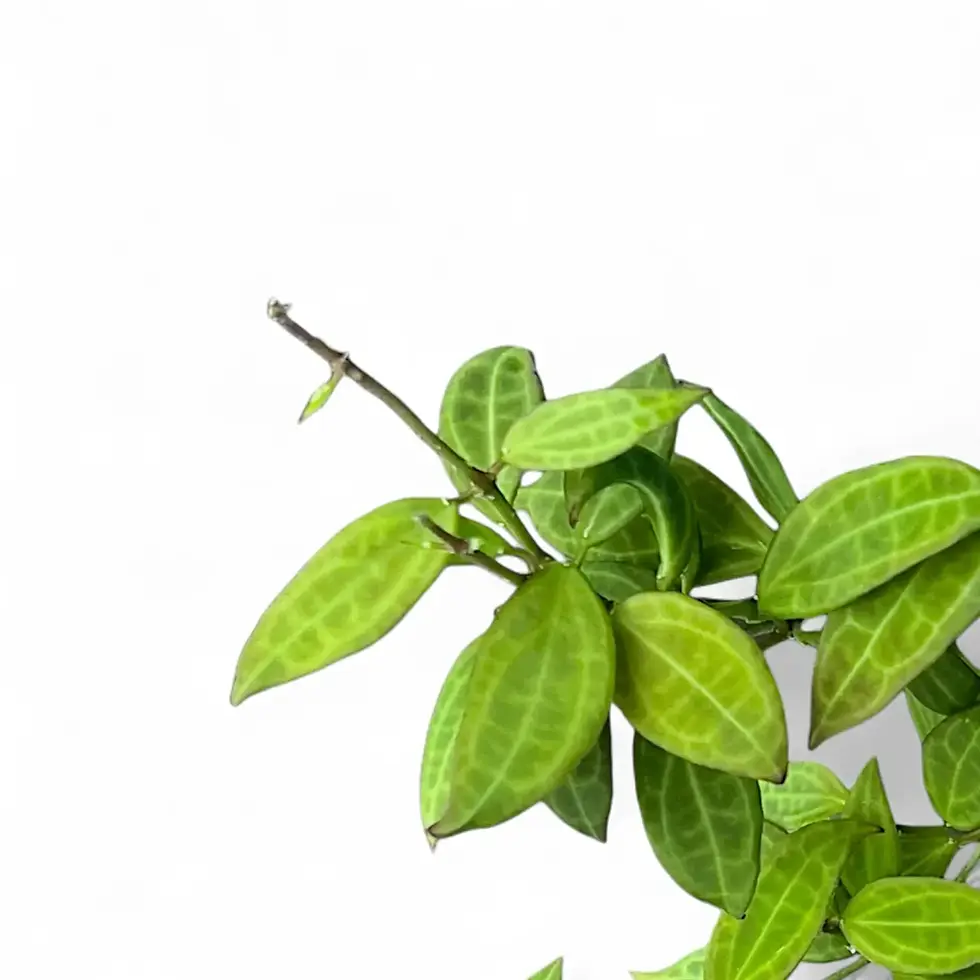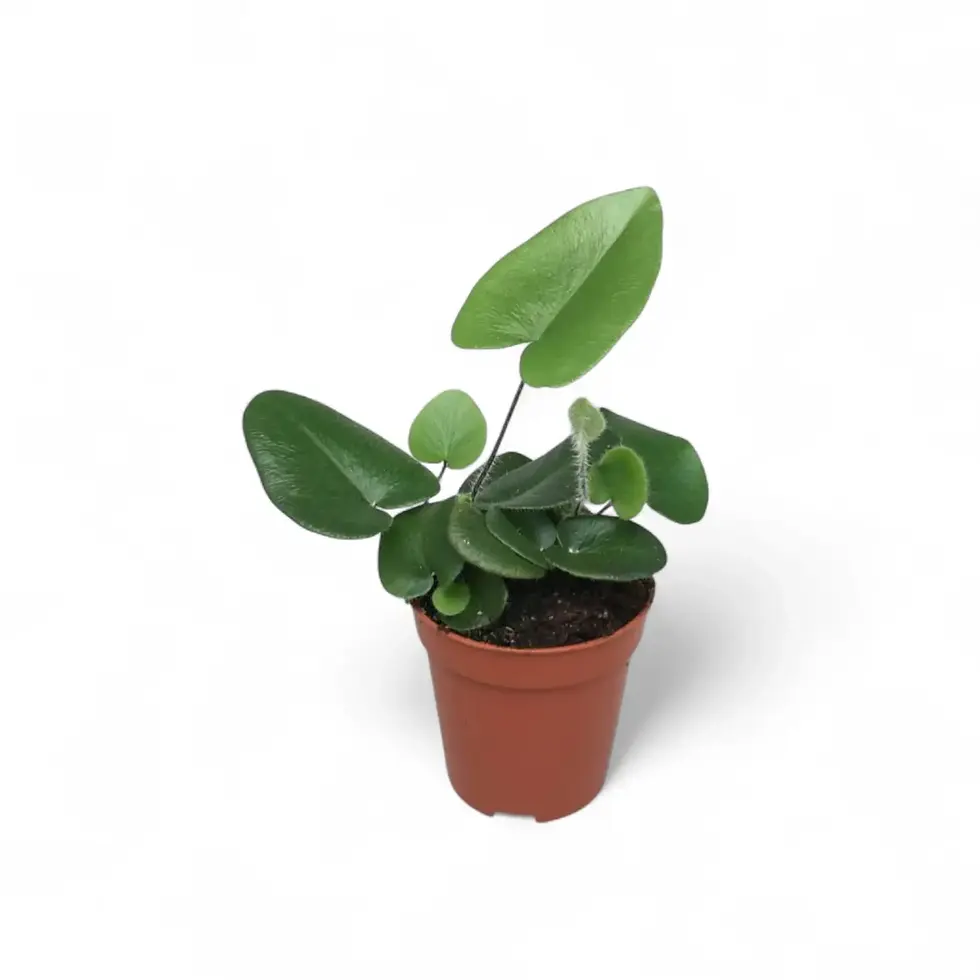Amorphophallus atroviridis – Exotic Foliage and Seasonal Growth Explained
Amorphophallus atroviridis is a rare tropical aroid loved for its dramatic foliage and fascinating life cycle. Its broad, velvety leaves showcase a rich dark green center framed by vibrant pink margins, creating a striking contrast in any collection. Each season, a single architectural leaf emerges on a mottled petiole, rising from an underground tuber that powers the plant’s growth. After months of lush display, the plant enters dormancy, withdrawing back into its tuber until conditions favor another spectacular flush of growth.
This compact species is a true collector’s gem — easy to manage if you understand its natural rhythm and adapt your care to its unique seasonal pattern.
Care at a Glance
- Height: 30–50 cm in leaf stage
- Growth Pattern: One large leaf per cycle; distinct dormancy
- Light: Bright, indirect light with no harsh midday sun
- Toxicity: Contains calcium oxalate crystals; keep away from pets and children
Visual Highlights of Amorphophallus atroviridis
- Leaf Aesthetics: Deep green blades with intense pink edges and velvety texture
- Petiole: Marbled patterns in gray and green for added character
- Tuber Adaptation: Stores energy for regrowth after seasonal dormancy
- Inflorescence: A spadix partially enclosed in a spathe, appearing before or after leaf stage
- Indoor Suitability: Thrives in warm, bright conditions with stable humidity
Natural Habitat and Adaptations
Amorphophallus atroviridis originates from lowland tropical forests of Thailand, often growing in deep leaf litter over humus-rich loamy soil at elevations of 100–400 m. In its native environment, it experiences warm temperatures year-round (20–32 °C), high humidity (60–80%), and a pronounced wet-dry seasonal rhythm. Pollinated mainly by flies, its unusual flower emits a mild scent to attract pollinators before retreating underground during the dry season. These traits explain its indoor needs: warmth, moisture during growth, and a true dry rest during dormancy.
Amorphophallus atroviridis Care Guide
Active Growth Phase
- Light: Bright, filtered light; protect from direct midday rays.
- Watering: Keep substrate evenly moist but never soggy. Use well-draining mix.
- Humidity: 60–80% preferred; natural grouping helps maintain levels.
- Temperature: Ideal range is 20–28 °C; avoid cold drafts.
- Feeding: Use a balanced, diluted liquid fertilizer every 2–3 weeks during growth.
- Soil: Airy, organic-rich mix for moisture retention and drainage.
Dormancy Phase
- Watering: Stop regular watering; keep the tuber barely moist or completely dry in a cool, well-ventilated place.
- Timing: Dormancy typically lasts several months; resume watering only after a new sprout appears.
- Repotting: Best done during dormancy to refresh soil and divide offsets if present.
- Propagation: Divide healthy tubers carefully, allowing cut surfaces to callus before replanting.
How to Fix Common Issues
- Yellowing Leaf: Natural sign of dormancy approaching; not a care issue.
- Tuber Rot: Often from overwatering in dormancy; use a drier, well-ventilated setup.
- No Sprout After Rest: Check tuber for firmness and rot; warmth and patience are key for regrowth.
- Pests: Fungus gnats and mealybugs thrive in moist soil — improve drainage and treat with insecticidal soap.
Additional Notes
This species is best for growers who enjoy seasonal rhythms — growth, bloom, and rest. Some plants flower before producing a new leaf, offering a rare glimpse of its spadix and spathe. Understanding its forest-floor origins helps you replicate conditions for lasting success: warmth, loose soil, and a distinct dry pause after each growth cycle.
Etymology
The genus name Amorphophallus means “shapeless phallus” in Greek, referencing the irregular shape of its flower. The species name atroviridis means “dark green,” describing its foliage color. This species was described by Wilbert Hetterscheid in 1994 in Blumea 39: 245.
Questions About Growing Amorphophallus atroviridis
- Why does my Amorphophallus atroviridis disappear? This is its normal dormancy period; keep the tuber dry until it sprouts again.
- How can I check if the tuber is healthy during rest? It should feel firm; discard soft or moldy tubers.
- Can it grow in semi-hydro? Only if you can manage the dormancy cycle and keep the tuber dry when not active.
Order your Amorphophallus atroviridis today and bring home a collector’s treasure that combines velvety leaves, vivid color, and an intriguing seasonal life cycle.
Amorphophallus atroviridis
All our Amorphophallus atroviridis plants are approx 50 cm tall and comes in a ⌀ 17 cm pot




